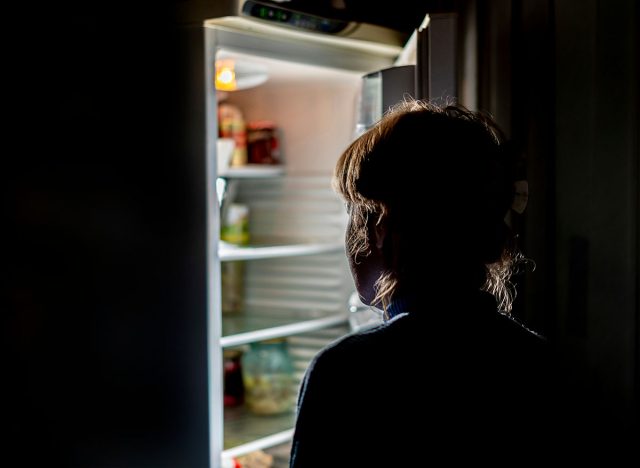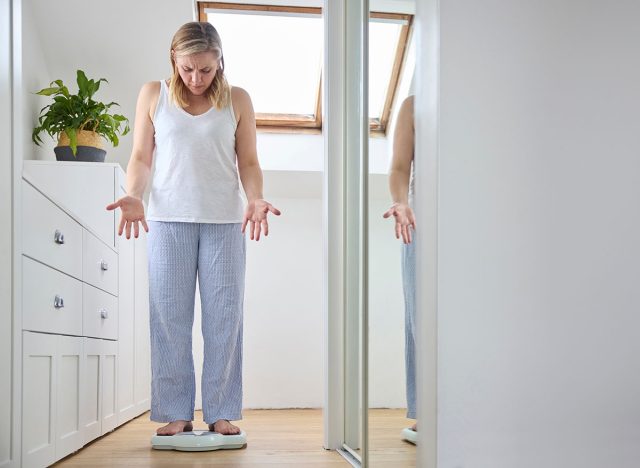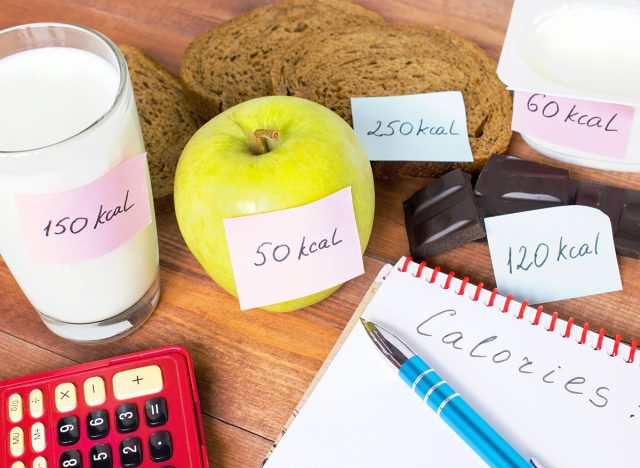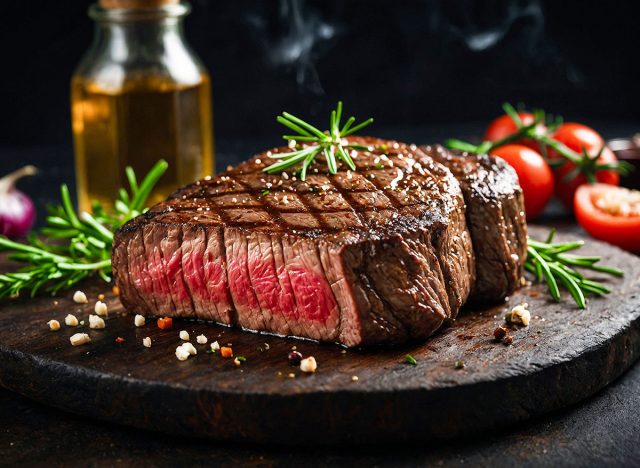Woman Loses 15 Pounds in 3 Months After Spotting 7 Hidden Hormonal Signs
Are you trying to lose weight, but it's simply not coming off? Your body could be storing fat instead of burning it. Lea Dombrowski is a holistic health coach who helps women lose 20 pounds and improve gut health. "7 hormonal symptoms that could indicate your body is storing fat instead of burning it effectively," she writes. Here is what to look out for:
Constant Fatigue

Constant fatigue is the first symptom. "Always feeling low energy despite sleep could be from insulin resistance or imbalanced cortisol levels – which can lead to fat storage," she says in her post.
RELATED: 12 High-Fiber, High-Protein Foods That Burn Fat and Keep You Full
Increased Cravings

Increased cravings is the second symptom. "Craving sugar, carbs, or salty foods may be linked to imbalanced leptin (your hunger hormone) or high cortisol, which promotes fat gain, especially around the belly," she says.
Difficulty Losing Weight

Difficulty losing weight is hormonal symptom number three. "Struggling to lose fat despite diet and exercise might point to thyroid hormone imbalances, which can slow down metabolism and promote belly fat," she says.
Bloating and Digestive Issues

Another one to look out for? Bloating and digestive issues. "Hormonal shifts like elevated estrogen or low progesterone can cause water retention, bloating, and fat storage, especially in the hips and thighs," she says.
Irregular or Painful Periods

Are your periods irregular or painful? It could be because your body is storing fat. "Disrupted cycles often stem from estrogen dominance or PCOS, which contribute to fat gain and prevent fat burning," she writes.
Poor Sleep or Insomnia

Poor sleep or insomnia could be a sign your body is storing fat. "Low melatonin or high cortisol at night can disrupt recovery and promote fat storage," she writes.
RELATED: Doctor Reveals 11 Natural Alternatives to GLP-1 Weight Loss Drugs
Mood Swings or Irritability

Another hormonal symptom? Mood swings or irritability. "Hormonal fluctuations, especially involving serotonin or estrogen, can increase stress, lower motivation to move, and lead to fat storage," she writes.
To Lose Weight, Strength Train

In another post she details how to lose 15 pounds the right way. "I dropped 15 pounds in 3 months by sticking to these 4 simple habits," she writes, revealing habit one: Strength training 3-5x/week. "Lifting weights helped me burn fat and look strong and toned! Challenge yourself with heavier weights or extra reps to see results," she writes.
Eat in a Calorie Deficit

Next, eating in a 500-calorie deficit helped her lose weight. "I balanced a 300-calorie cut with burning 200 extra calories through movement. This approach felt sustainable without feeling deprived. Don't go too low with your calories—it's all about balance," she writes.
Prioritize Protein

Prioritizing protein and balanced meals were also impactful. "I aimed for 1g of protein per pound of my goal weight and made sure every meal had protein, fat, fiber, and carbs. It kept me full, satisfied, and free from cravings," she writes.
RELATED: Squat Mistakes You're Making Without Realizing, Says Coach
Move More Daily

Finally, moving more daily jumpstarted weight loss. "I started walking more, taking the stairs, and just staying active throughout the day. These small changes added up and helped me burn calories while staying toned," she says. And if you enjoyed this article, take advantage of these 15 Quick Ways to Lose Body Fat Percentage in a Week.





